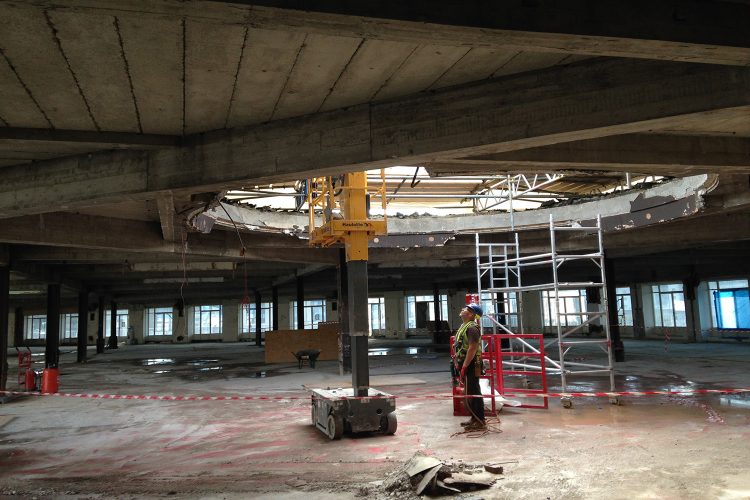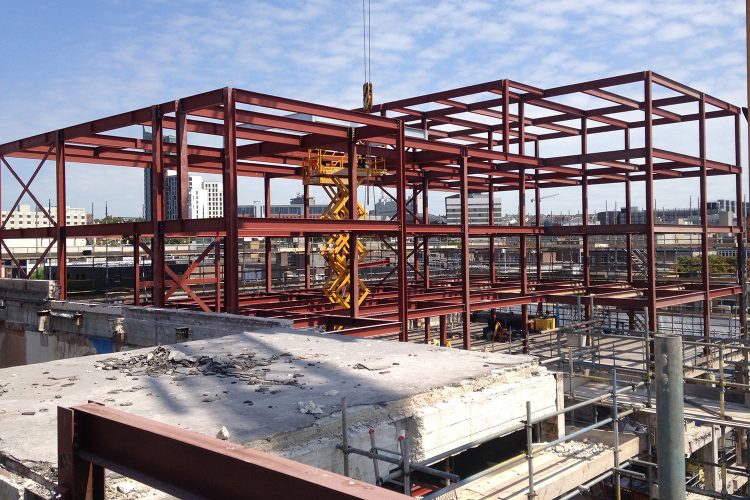As urban areas expand and lateral building space becomes a precious commodity, developers are on the hunt for new ways to grow the size and value of their properties. Airspace development – the process of building above a property, within its ‘air rights’ – is increasingly providing the answer as it makes the most of unused space and allows developers to meet demand. It’s a rapidly evolving field and is a highly lucrative one: in London alone, the rooftop development market is estimated to be worth £54 billion. With the global urban population set to double by 2050 it’s a design solution we should expect to hear more and more about.
A structural engineer’s job is always integral to the construction process but with an airspace, or rooftop, development our work couldn’t be more vital. Ascertaining the weight the existing structure can bear and determining the most secure load path is critical in ensuring the longevity of the building and the safety of its occupants. These findings in turn help the design team choose the right materials for the rooftop development so that aesthetically and structurally it fits the building below.
However, despite their many advantages, rooftop developments aren’t without their challenges. One issue is the level of disruption that can occur to occupants in the existing and surrounding buildings as extensions and extra storeys are built on top. To mitigate this, developers are turning to modular construction techniques to reduce programme time and allow for a quicker construction process. Pre-fabricating large parts of the new structure and craning them into place reduces the time spent on site, resulting in minimised disruption as well as significant cost savings.
At Lyons O’Neill we have been privileged to work on a number of rooftop development projects. Our biggest and most ambitious project is our work on the former Derry’s department store in Plymouth which we are helping turn into student accommodation and a hotel. The project involves building a new, lightweight storey on top of the original department store building and adding four storeys above the existing Argos store which was in operation throughout the build. This complex task called for extremely careful planning and preparation so that the new structures can be seamlessly integrated with the old. Reviewing archive drawings was essential to this process as they enabled us to justify the existing columns and structures for the additional load and reduced the need for a new support structure and foundations.
In addition to archive research, a collaborative working approach has proved vital to this project. Due to its size and scope it’s critical that the whole design team is on the same page and communicating effectively so costly delays and errors are eliminated. With Derry’s, as with all our projects, we have worked closely with the architectural team and contractor throughout the construction process so we can complete a stunning and safe conversion for the client.



